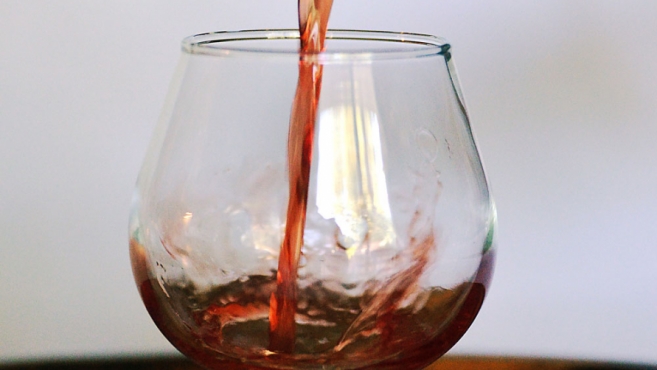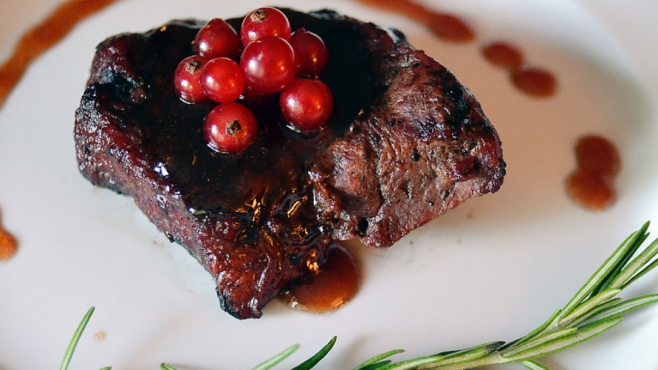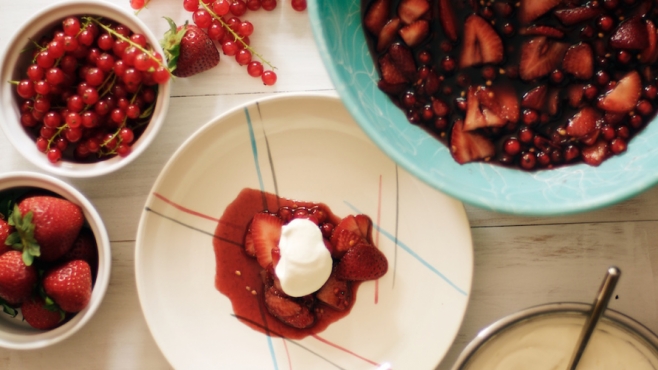Currants

I remember the first time I encountered currants. I was at the farmers market and discovered containers of red and white currants. I walked by, then stopped and went back for a closer look. I couldn't believe they were real fruit. They looked too perfect to be edible—like small, round jewels, impossibly translucent and shiny.
I bought some immediately and ate most of them before I even got to my car. I went back the next week for more and started exploring how to cook with them.
I searched modern recipe books and found few recipes celebrating these fragile beauties. I realized currants, like their relative the gooseberry, so rarely cross our minds or our plates in the U.S. these days, though vintage cookbooks are rich with currant recipes. Long valued in Northern European cuisine (think cafeteria trips to Ikea), this fruit dries and freezes well and is perfect for fresh summer baking, cooking and eating.
I want to encourage you to enjoy currants fresh, picked straight from the stem or barely cooked. These sweet/tart fruits pair wonderfully with both desserts and savory dishes. Use them on a cheese tray or cook them down with a couple of tablespoons of sugar and a little water to create simple preserves to use on fresh-baked bread or crackers.
Selecting: Look for berries on the stem, shiny (almost translucent) and firm. Try red, white and black varieties to determine which you prefer for eating fresh, cooking, baking or drying.
Storing: Store in the refrigerator for up to a week. You can also place on a baking sheet, freeze for three to four hours, remove the fruit from the stems and place in freezer containers for up to six months.
Pairing: Currants go great with allspice, almonds, apple cider vinegar, beef, blackberries, black pepper, chicken, cilantro, cinnamon, cream, duck, ginger, lamb, lemons, limes, mint, mustard, oats, oranges, raspberries, red wine, rosemary, spinach, strawberries, venison, yogurt.







